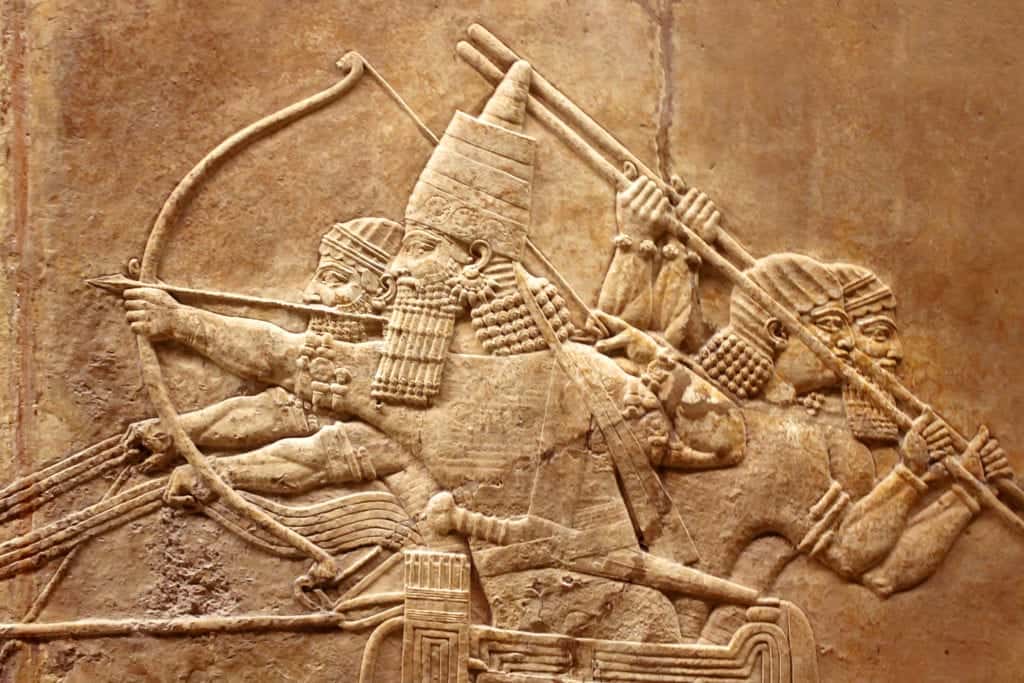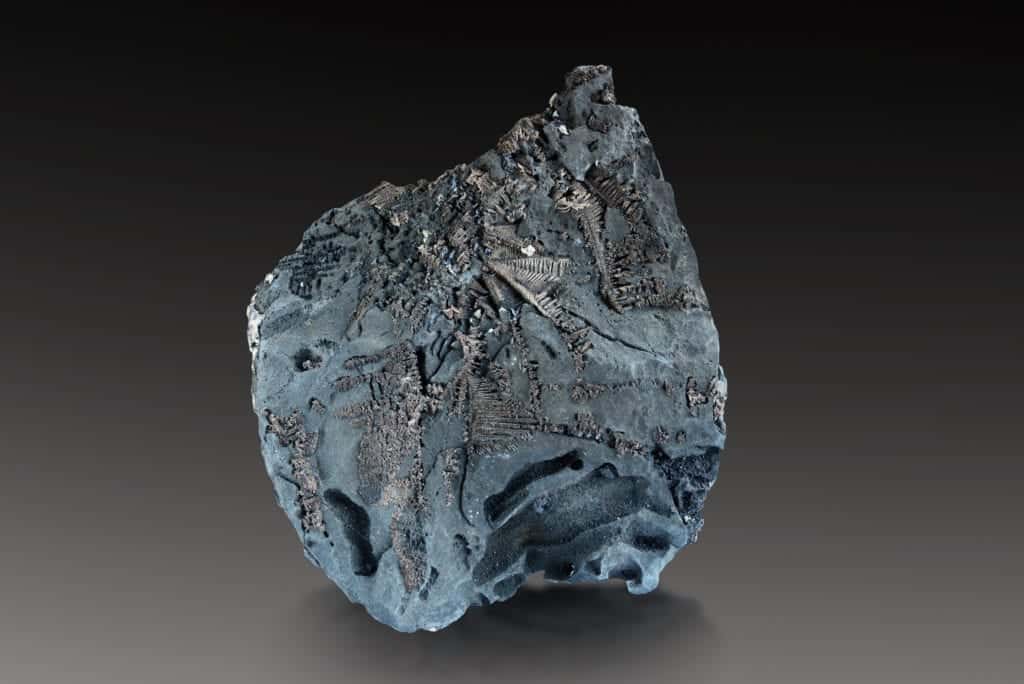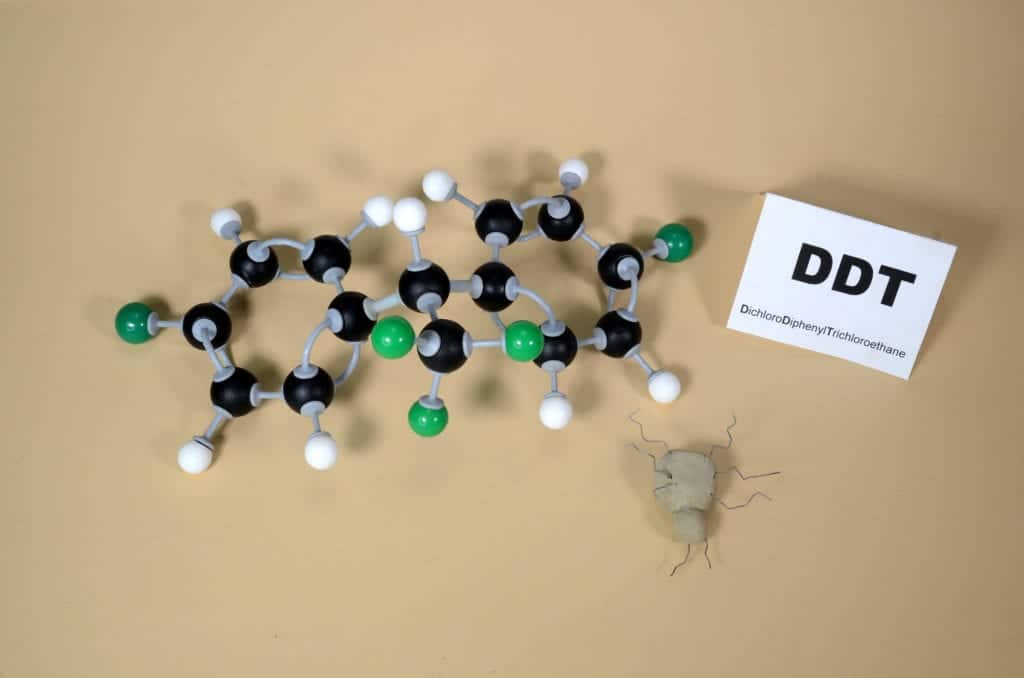A History of Pest Control
A History of Pest Control
Prehistory VS. History
Prehistory (or prehistoric times) is defined by the period in time on Earth prior to the existence of any written records, while history is marked by the emergence of documentation from different cultures and societies. While we have irrefutable proof that pests existed long before the conception of written languages, such sources provide a much clearer understanding not only of the pests’ roles within the world, but also how humanity has responded to them over time.

Oldest Recorded Pest Control Attempt
The oldest known recording of pest control surprisingly dates all the way back to roughly 2500 B.C.E. A clay tablet was discovered from this period of time with a prescription for combating pests inscribed into its surface by a Sumerian doctor. The treatment involved the application of sulfur to combat the “itch.” As we now know that sulfur is an effective killer of chigger mites, it is reasonably assumed that this may be the pest referred to on the tablet.

2265 B.C.E.
Pharaoh Pepi II of the Sixth Dynasty in Egypt’s Old Kingdom had a famous distain for a pest that is still common today: flies. He despised these pests so much that he created a method of keeping them occupied and away from him and other important palace members. He achieved this by having naked slaves covered in honey stand in different rooms throughout his palace. These honey-covered people captivated the attention of flies and other pests, thereby providing Pharaoh Pepi II a reprieve from their annoying buzzing.

1550 B.C.E.
Inscribed in Egypt circa 1550 B.C.E., the Ebers Papyrus describes the implementation of chemicals as a means of pest prevention. This differed from previous recordings of pest control which focused on treating existing pest problems.

640 B.C.E.
King of the Neo-Assyrian Empire, and passionate scholar, Ashurbanipal created and maintained his own enormous library including various works throughout history. Within his collection were a few works of early Mesopotamian literature. These tests recorded information about diseases and pharmacology, with details regarding treating the effects of pests with various herbs and remedies.

200 B.C.E. – 200 C.E.
Within this span of 400 years, a series of different texts were produced by both Greek and Roman scholars regarding pests and pest abatement techniques. While some treatments were rooted in scientific trial and error from the period, others were extensions of various religious and superstitious practices. Some of the recorded treatments included:
Superstitious Practices –
- Driving a stake made of oak trough a pile of manure to repel snakes
- Touching the tops of trees with the gall of a green lizard in order to protect it from caterpillars
- Placing the skull of either a female horse or female donkey on a tall stake in the middle of a garden to protect the crops from caterpillars
- Reciting spells to ward off mice
Science-based Techniques –
- Treating seeds by soaking them in certain juices prevented different insects from eating them (this method may actually date back to the 400’s B.C.E. as an invention of pre-Socratic philosopher Democritus)
- Driving away gnats through the use of smoke from the burning of galbanum resin
- Warding off both ants and locusts by burning insects of their same species, animal dung, bones, or garlic
- Sulfur to ward off various pests from ants to caterpillars
- Exterminating flies through the use of early plant-based pesticides (for example, a mixture of bay and black hellebore, or hellebore and arsenic) placed in milk or sweet wine to encourage the pests to drink the poison
- Poisoned bait (tainted with substances such as hemlock, hellebore, or arsenic) were used to curb populations of non-insect pests including mice and rats

901 – 1000 (The 10th Century)
In the 10th Century, a now famous 20-volume work was assembled. Known as the “Geoponika,” this collection consisted of a compilation of agricultural pursuits dating back to the Hellenistic period in 323 B.C.E. This marvel of the early literary world catalogued a series of information regarding early pest control techniques with special reference to securing agriculture and consumables. While there are many pieces within this work whose authors’ names are lost to history, there are two prominent contributors who are often named with regards to the Greek collection: Vindoniuys Anatolius (c. 350) and Cassianus Bassus (c. 600).

1600’s
Infusions of nicotine and arsenic became common-use pest control treatments.

1700’s
French scientist Rene Antoine Ferchault de Reaumur (famous for his invention of the thermometer and the temperature scale that uses his namesake) studied a variety of insects, crustaceans and other pests. During this time, he discovered a correlation between the life cycles of insects and the temperatures of the climates they exist within. By extension, he found that some insects began to form resistances to certain plants due to the climates they were forced to live within.

1800 – 1900
Pesticides begin to be formulated, marketed and sold. The need for an industry revolving around such treatments becomes apparent and developments are in the beginning stages for such an advancement for society.

1900 – 1950’s – The Synthetic Pesticide Era
Primary ingredients for pest control at this time, while somewhat effective on the insects and rodents they targeted, were equally (if not more) detrimental to humans and the environment. Some insecticides were even formulated using hazardous materials such as petroleum and coal tar distillates. One infamous example of these dangerous pesticides is dichloro-diphenyl-trichloroethane (DDT). This powerful pesticide was once widely used to combat bedbugs. These pests had been prevalent in the United States through the Second World War but were virtually eradicated using these treatments. The effectivity of DDT was heightened by its ability to not only kill adult bed bugs, but destroy their eggs as well, thereby wiping out an entire population of bed bugs in only 1-2 treatments. A while after its widespread use, DDT was discovered to be a highly dangerous insecticide. The most notable negative side effects due to DDT exposure included: breast cancer, male infertility, miscarriages, liver damage, developmental disabilities in children and extensive nervous system damage. Once this discovery was made, the chemical was quickly removed from circulation.

1960 – “Silent Spring”
The famous book “Silent Spring” was published in 1962 by Rachel Carson, an avid advocate for environmental preservation and safety. The book revealed the truth about harmful pesticides and the various adverse effects they can have on humans, wildlife and the ecosystem as a whole. At the time, the book sparked conversations and concerns regarding the safe production and application of pesticides.

1970’s – 1980’s – The Green Revolution
As a response to “Silent Spring” and other environmental concerns, there is an overhaul in public policies regarding pesticide use and pest control methods. Integrated Pest Management (IPM – a technique utilized by pest control companies that involves environmentally friendly solutions by drastically reducing and can even completely eliminate the use of pesticides, resulting in less exposure to harmful pest control products for both you and the environment, as well as minimizing the amount of products that need to be used overall by 90%) is initiated and the USDA creates nationwide IPM Programs.

1990 – Current Day
As pest control moves forward advances in both IPM programs and different pest control methods continue on a safer course. Today, we take pride in our green solutions to your pest problems and the future innovations in pest control that will lead to safer and more effective pest control.

Citations
DDT – A Brief History and Status (no date) The United States Environmental Protection Agency. Available at: https://www.epa.gov/ingredients-used-pesticide-products/ddt-brief-history-and-status (Accessed: August 2020).
Frazier, M. (1997) A Short History of Pest Management, Penn State Extension. Available at: https://extension.psu.edu/a-short-history-of-pest-management (Accessed: February 2, 2021).
Geoponika: Agricultural Pursuits (no date) ETANA. Available at: http://www.etana.org/node/8608 (Accessed: February 2, 2021).
Goddard, J. (2012) [History Lesson] Humble Beginnings, PCT – Pest Control Technology. GIE Media. Available at: https://www.pctonline.com/article/pct1212-origins-pest-control/ (Accessed: February 2, 2021).
Levinson, H. and Levinson, A. (1990) The Egyptian plagues and the beginnings of pest control in the Ancient Orient, AGRIS. Available at: https://agris.fao.org/agris-search/search.do?recordID=DE90U0319 (Accessed: February 2, 2021).
Pharoah Pepi II – Flies and Honey (2012) CreatingHistory.com. Available at: http://www.creatinghistory.com/pharoah-pepi-ii-flies-and-honey/ (Accessed: February 2, 2021).
Romano, R. (no date) The Sting, The Museum of Printing. Available at: https://museumofprinting.org/print-connections-by-richard-romano/the-sting/ (Accessed: February 2, 2021).
Smith, A. and Secoy, D. (1975) Forerunners of Pesticides in Classical Greece and Rome, Hort.Perdue. Perdue University. Available at: https://www.hort.purdue.edu/newcrop/Hort_306/reading/Reading%2018-1.pdf (Accessed: February 1, 2021).
Request a Free Quote Today
(We do not share your data with anybody, and only use it for its intended purpose)
